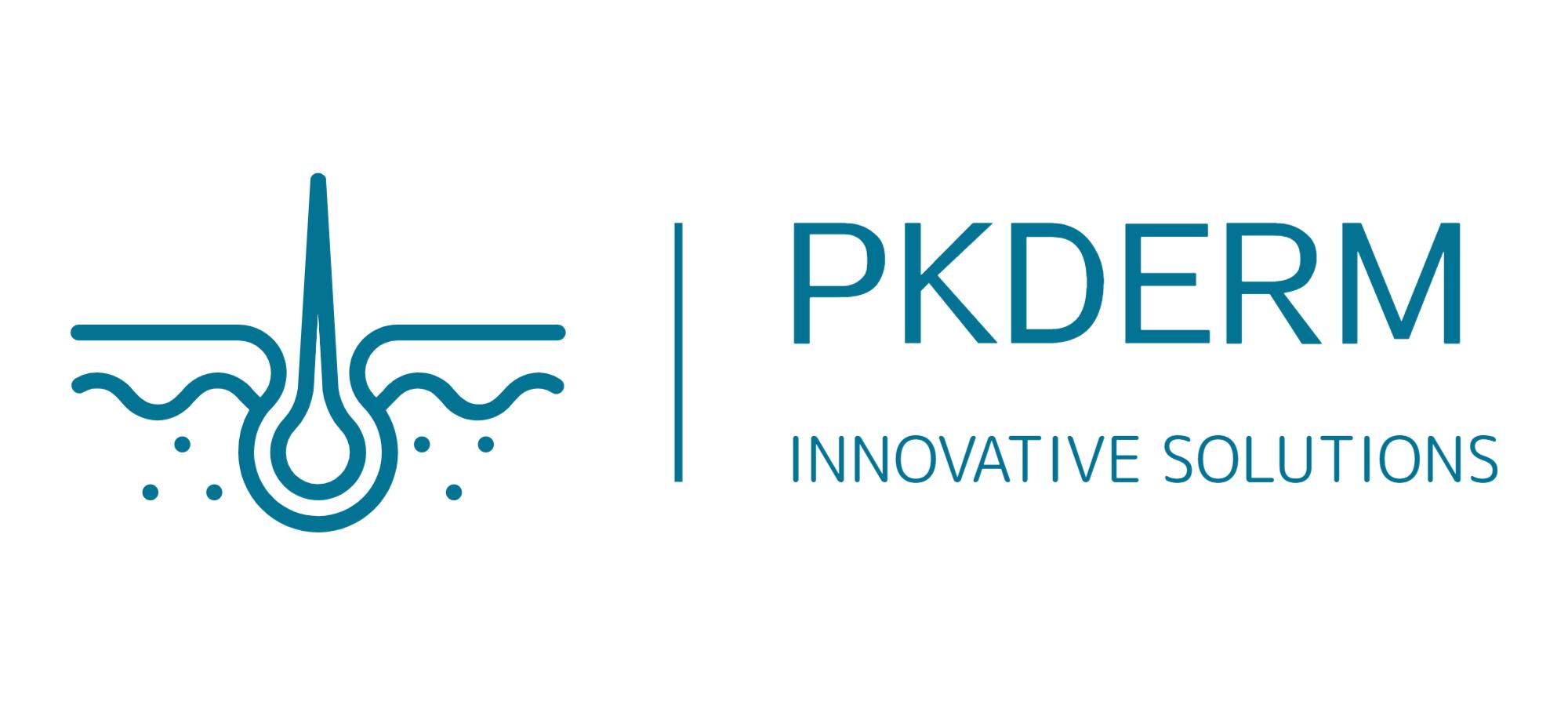OpenTox Virtual Conference 2021 Session 11 Summary
Computational toxicology experienced dramatic growth in its application and regulatory recognition in recent years. What was considered a curious and somewhat controversial research tool twenty years ago is now an essential part of a daily operational procedure for the pharmaceutical industry and regulators. Among its many applications, computational toxicology approaches are critical to reducing the cost and labor of drug development, reducing the use of laboratory animals, and filling the data gaps. Although regulatory recognition of computational toxicology approaches is still limited to few toxicity endpoints and depends on the local legislation, the technology progressed from classical multiparameter QSARs and read-across methods to complicated systems involving various machine learning techniques, natural language processing, deep learning, and AOPs.
In this session, we will learn about the current state and advanced applications of computational toxicology methods to predict various toxicity endpoints.
QSAR Assessments of Human Adverse Effects
Computational methods play an increasingly important role in determining the safety profiles of chemical compounds. Modern in silico approaches and (Q)SAR models are proven to be effective in predicting multiple animal toxicity endpoints, which are used to approximate human safety hazards. This presentation will demonstrate the approaches to predict the human adverse effects using a combination of models built with animal and human toxicity data. For skin sensitization in humans, we predicted the external set consisting of 19 human sensitizers with a sensitivity of 92% and specificity of 80%. In the more complex case study, we tried to predict the safety hazards for 47 human drugs withdrawn from the market. These drugs were withdrawn due to the safety concerns related to complex endpoints such as hepatotoxicity, renal and cardiac toxicity, developmental and reproductive toxicity. For nine drugs that are not part of the training sets of utilized (Q)SAR models, we were able to identify all of them (100%) as unsafe. Five of them were predicted to be positive in the same adverse effects for which they were withdrawn from the market. Thus, we demonstrated that properly designed and well-maintained silico toxicology platforms are robust, reliable, and suitable for regulatory submissions as well as for exploratory activities related to safety hazards for humans.
CV: Dr. Roustem Saiakhov is the President of MultiCASE since 2012. He joined MultiCASE in the year 2000 as a computational scientist and in a few years was appointed to Vice President of Research and Development and shortly after became Chief Operating Officer. A native of Russia, in 1991 Roustem was awarded a Ph.D. through Kazan University, the third oldest university of the Russian Federation. He has over 20 years of experience in teaching and research. His area of expertise includes cheminformatics, molecular modelling, (Q)SAR, organic and computational chemistry, and computational toxicology. In the past few years, Dr. Saiakhov is involved in the risk assessment and safety consulting services provided by MultiCASE. Dr. Saiakhov has been the principal investigator of several grant projects and has over 100 scientific presentations and publications.


